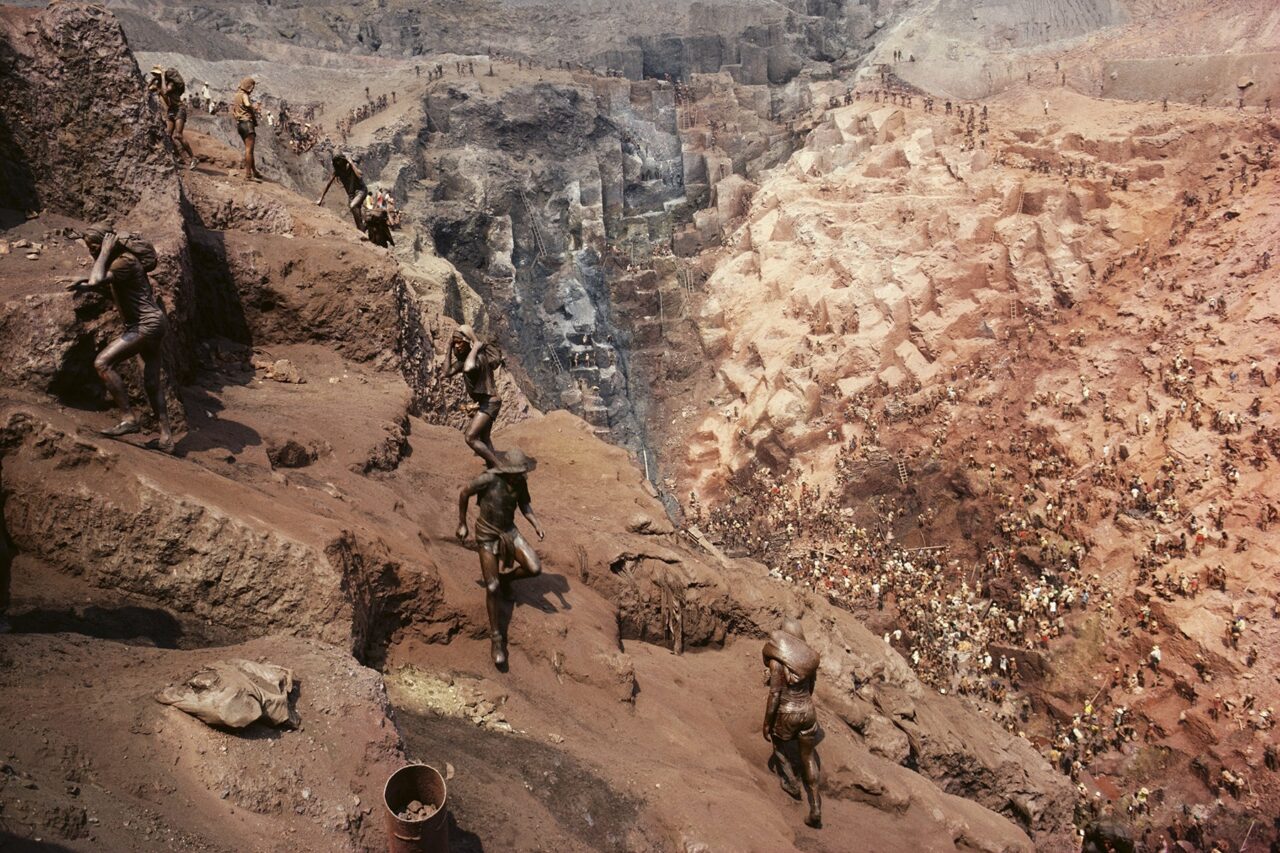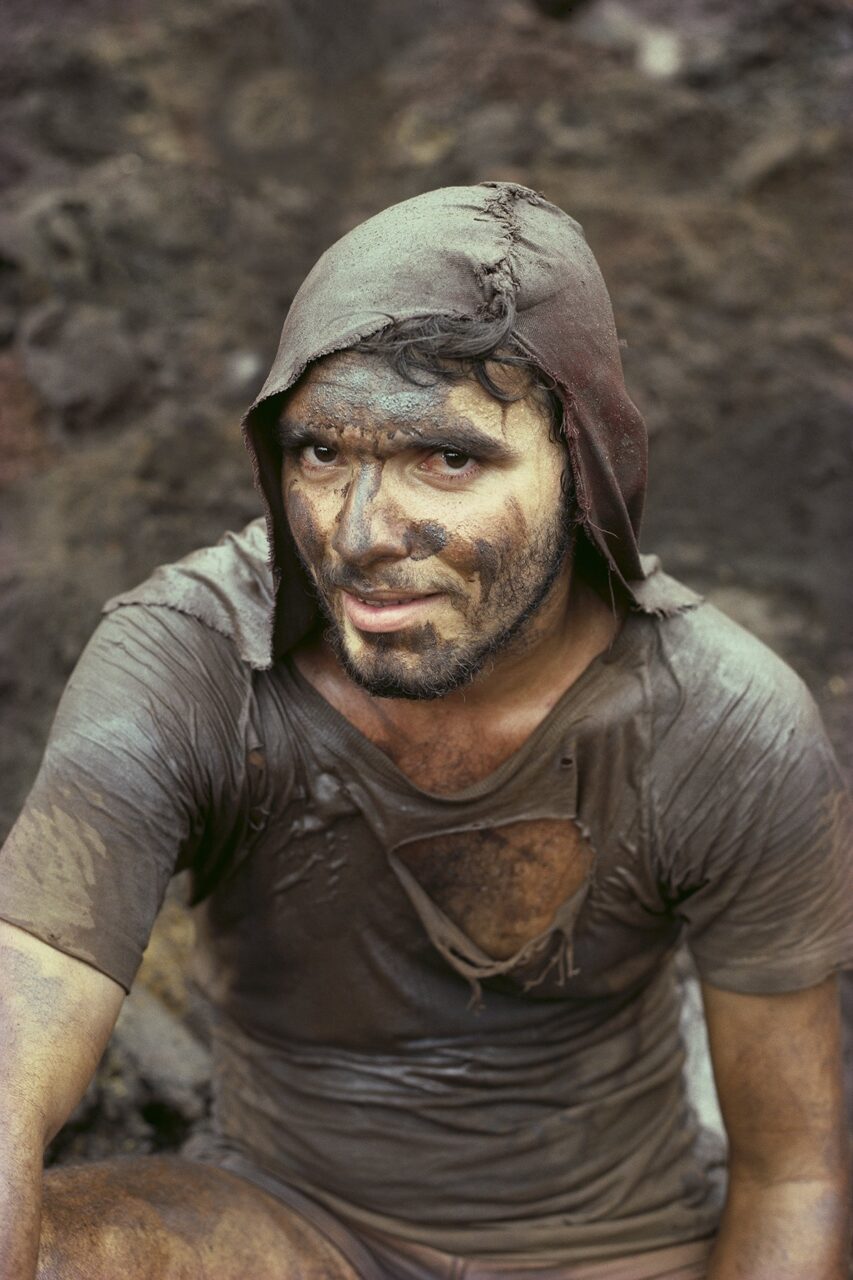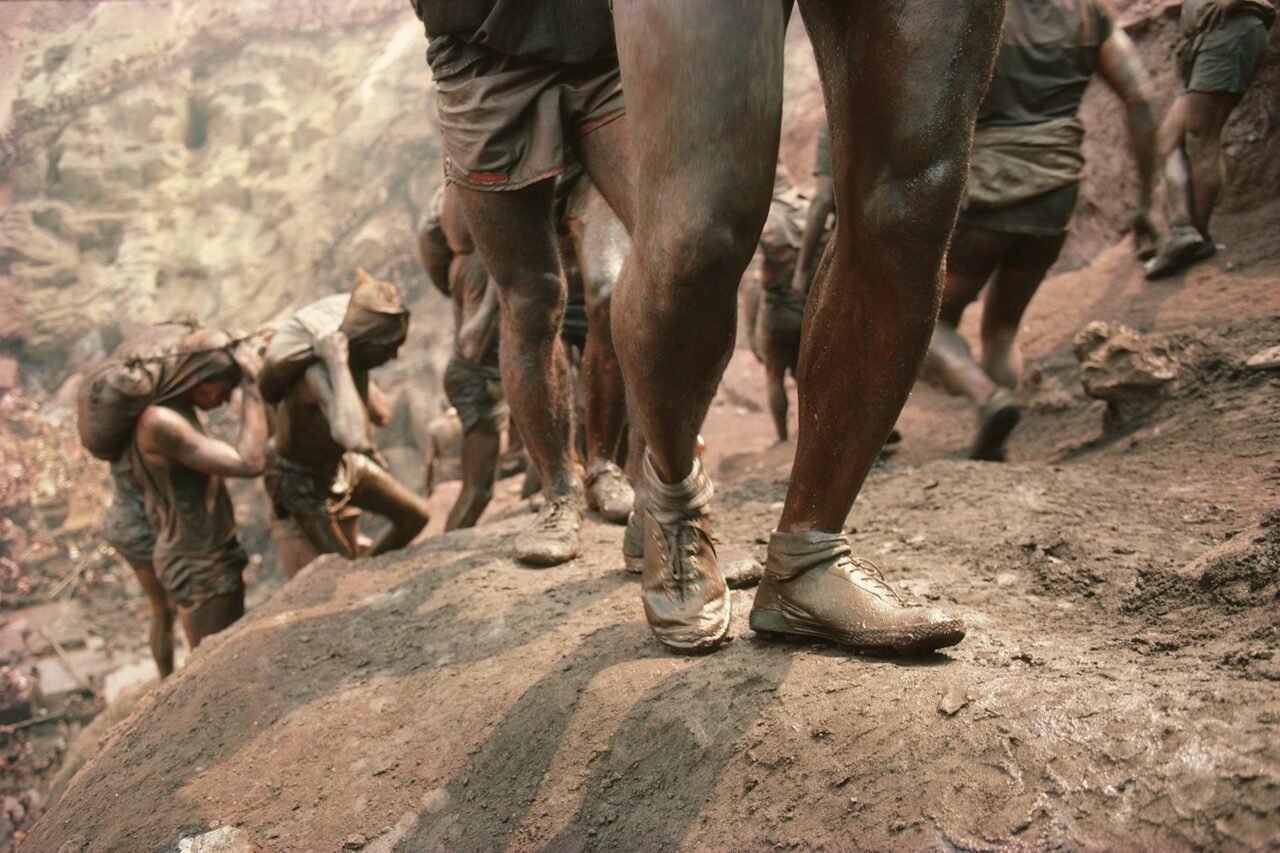This article first appeared in the Berlin Art Week 2024 special issue of Monopol Magazine.
The veins of our globalised lives are made from precious metals and minerals. Cobalt is what allows our emojis to be delivered to our family WhatsApp group. Copper keeps Teslas on the road and germanium keeps satellites in the sky. Tin is used to make solder, which conducts electricity. We need platinum to produce much-desired clean hydrogen, for electronics and semiconductors. Manganese is vital for rechargeable batteries, as are lithium and nickel. As digitalisation progresses and with the energy revolution underway, demand will only rise.
The NGO International Energy Forum estimates that the world needs between 35 and 194 major new mines just to be able to extract enough copper. Even the US State Department’s top energy official is worried, recently commenting in the New York Times that »We need 25 times as much cobalt as we currently mine,« and adding »We’ll be skewered if we fail.« The same goes for other rare raw materials transforming the world economy.
Speaking via Zoom from his New York studio, Alfredo Jaar described his latest project for KINDL Centre for Contemporary Art in Berlin. »Natural resources are a vital part of the computers we’re using to speak to one another, of iPhones, electric cars, solar panels, the Cloud—everything we use to live our lives.« The artist knows that his project title, ›The End of the World,‹ sounds melodramatic, but the danger is real: »Really, all current and future wars are being waged over these metals and minerals.«
Mining tragedies
Jaar shares a link to a piece Deutsche Welle ran connecting the huge quantities of lithium found in Ukraine—not least in Russian-occupied Donbass—to the current war. Back in July 2021, the EU and Ukraine signed a strategic agreement to extract and process vital raw materials. The invasion followed in February 2022.
Jaar’s own homeland, Chile, has been affected by extractivism. Early on, he used his art to highlight the tragedies that went hand in hand with the intense mining of natural resources. In 1985, he spent weeks at the Serra Pelada gold mine in Brazil photographing and filming the miners’ arduous work in the huge, man-made crater. His photographs of the mine workers coated in gold dust and sweat were displayed on billboards at Spring Street station in New York, together with information on the current price of gold. For gold has its price—one paid on Wall Street, only a few kilometres away, and another paid personally by the mine workers.
»Back then, I wasn’t as interested in the environmental pollution this mine caused,« the artist says. »I was naïve, I was young, and what I saw first and foremost was the terrible, unbelievable way these individuals were being exploited.« The mine became world-famous one year later thanks to photographs taken by Sebastião Salgado and distributed via photo agencies.
»I was truly full of rage«
The artist, now 68 years old, gained international standing with his series ›Gold in the Morning‹ and the subsequent subway station action, ›Rushes‹. He was invited to take part in the Venice Biennale in 1986 and in documenta in 1987 (he notes he was the first Latin American to take part in both events). He went on to make further works about the social and health consequences of brutal interventions into ecosystems. For instance, his ›Geography = War‹ (1990) revealed the effects of poisonous waste from industrialised countries in the Nigerian city of Koko.
At the UN Conference on Environment and Development in Rio de Janeiro in 1992 (better known then as the Earth Summit), he drew a direct line between environmental damage and harm caused to life and societies. ›The Conference‹ is an installation with the brutal symbol of a negotiation table around which the chairs representing Global South countries are placed on the ground while those of the Global North are placed on the tabletop itself. Jaar wrote a manifesto on the backrests of the chairs with demands such as »Stop exporting poisonous waste and dumping it in the sea!,« »Nations producing poisonous materials should dispose of it within their own borders,« and »Protect the land and the cultural rights of indigenous peoples and save the few remaining primeval forests and the cultures that live in them.«
Jaar himself now looks back at this work with some disbelief: »At the time I was truly full of rage.« The work of the artist, who originally trained as an architect, is characterised by a stoic minimalism and by clarity, rigor of form, and—yes—by beauty. He unites apparent contradictions such as those of aesthetics and ethics, of rationality and empathy. »I like quoting Jean-Luc Godard, a filmmaker I very much admire,« the artist explains. »He says that it may be true that you need to decide between ethics and aesthetics. But it’s also true that you always find the other at the end of the road, regardless of which option you have decided on. Every aesthetic decision is also an ethical decision. And in order to be made visible, every ethical decision is also an aesthetic decision. So I don’t make a distinction. But I do distinguish between art with a cultural, political, and societal value, and decoration.«
Already losing out
This is the thinking that gave rise to ›The End of the World,‹ an installation for the large boiler house in what used to be the Kindl brewery. The artist does not want to reveal the exact details of his work’s appearance ahead of the opening, so he simply shares that he has used ten geopolitically significant raw materials including cobalt, rare earths, and lithium as sculptural materials.
These materials appear innocent in the form of a sculpture, yet nevertheless, they almost invisibly determine destinies around the world. Politicians say that we are doomed if we fail to extract these natural resources. But many individuals who live in the places where these coveted resources lie dormant in the ground are already losing out.


